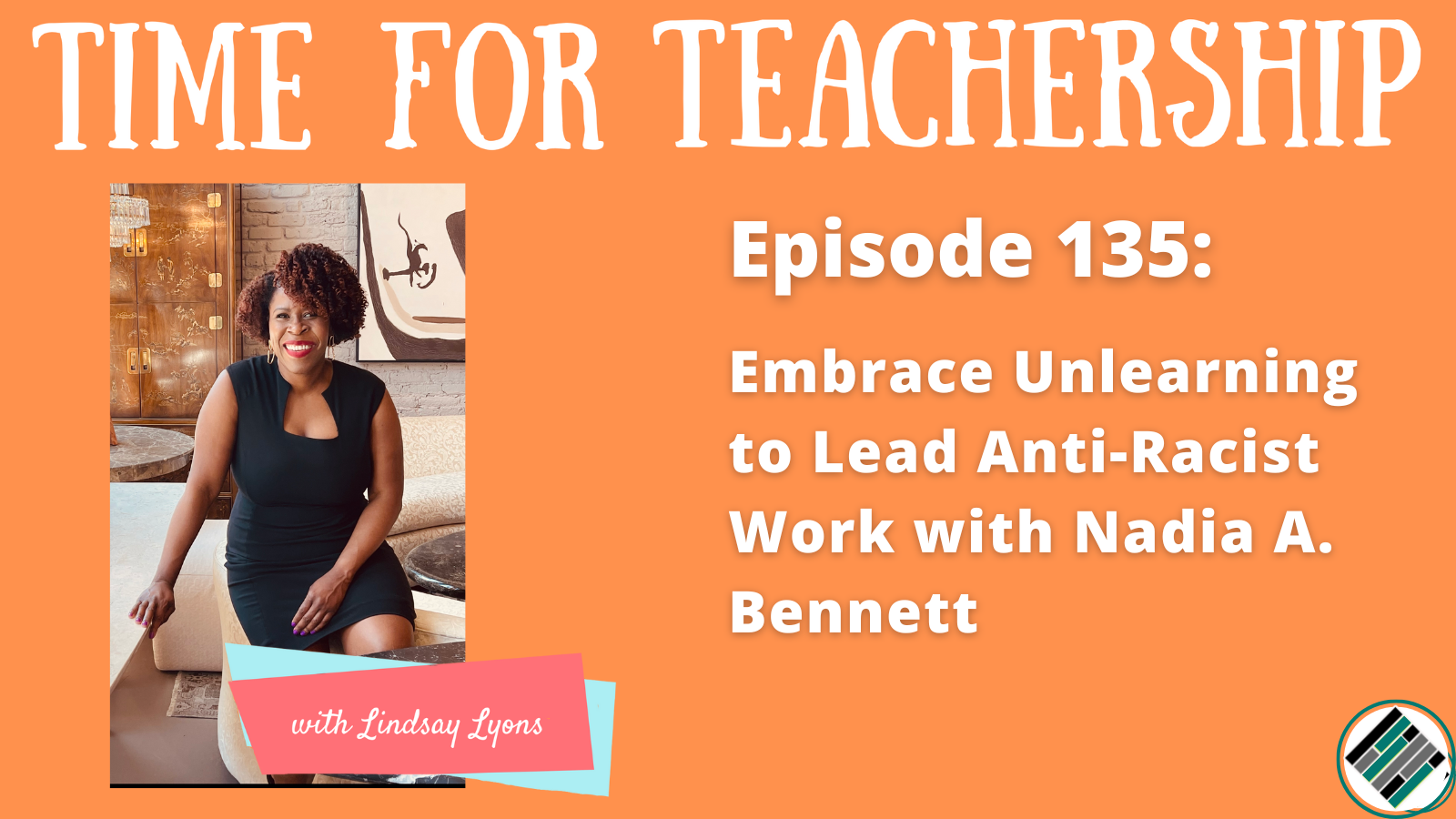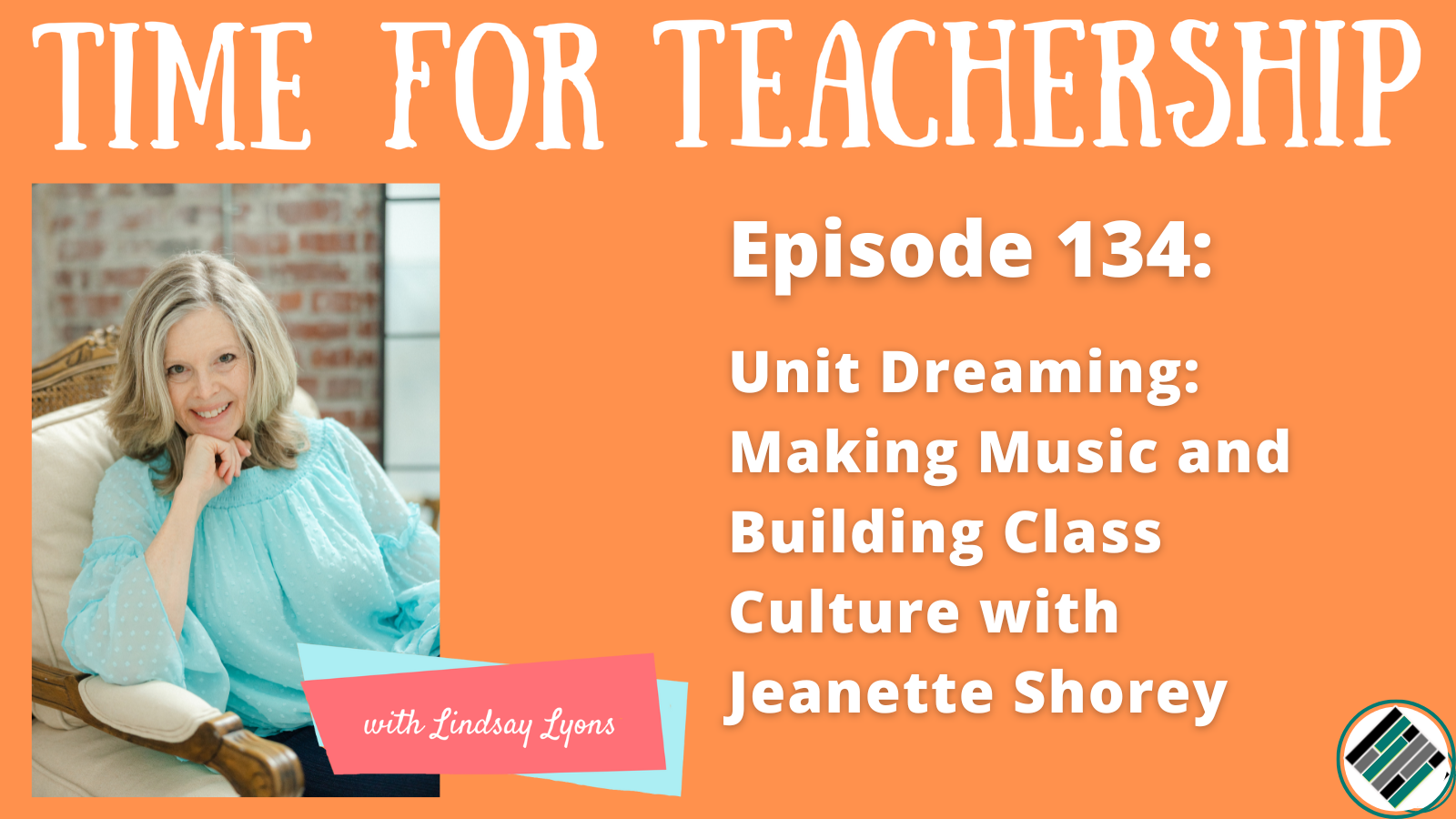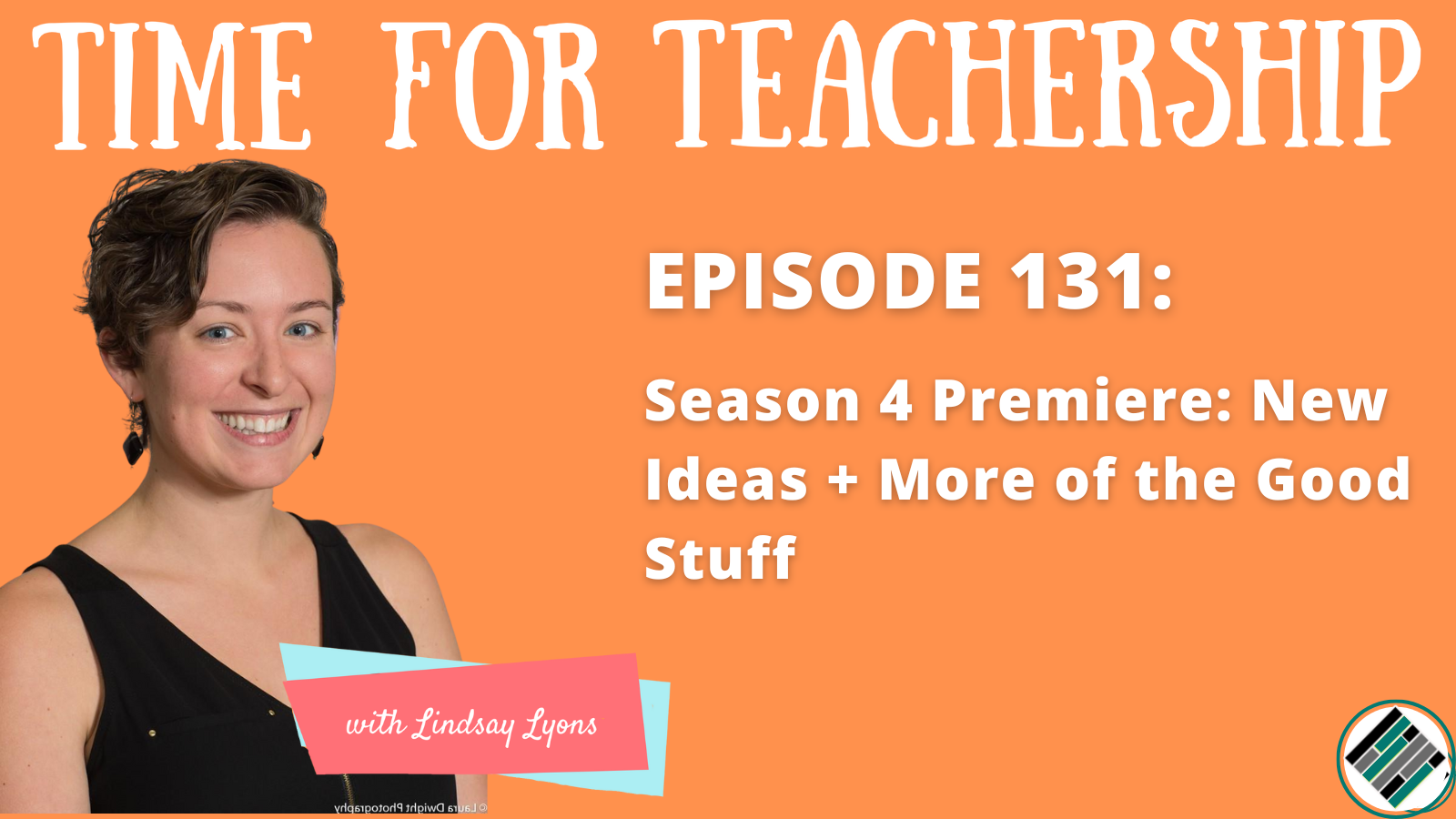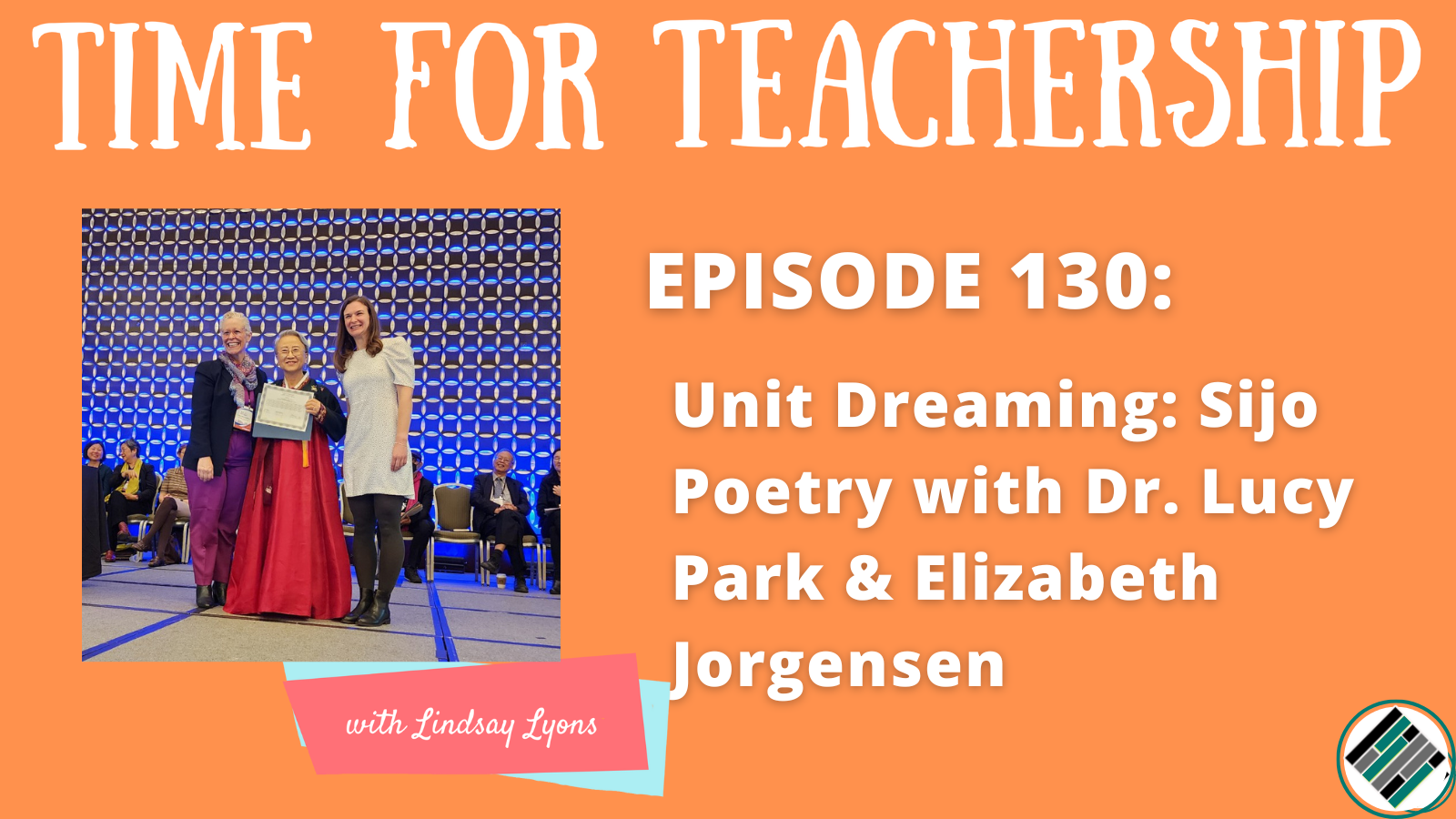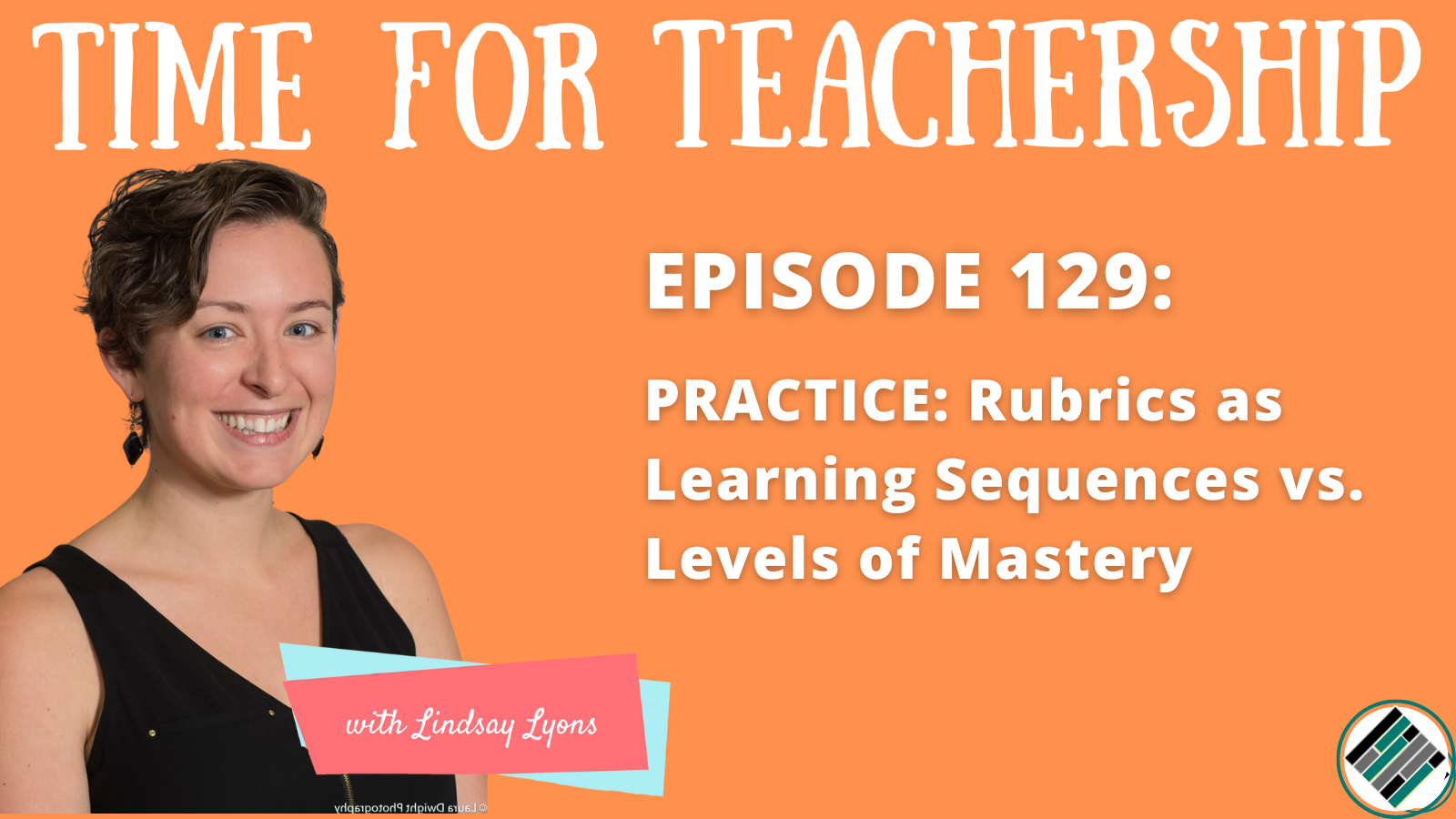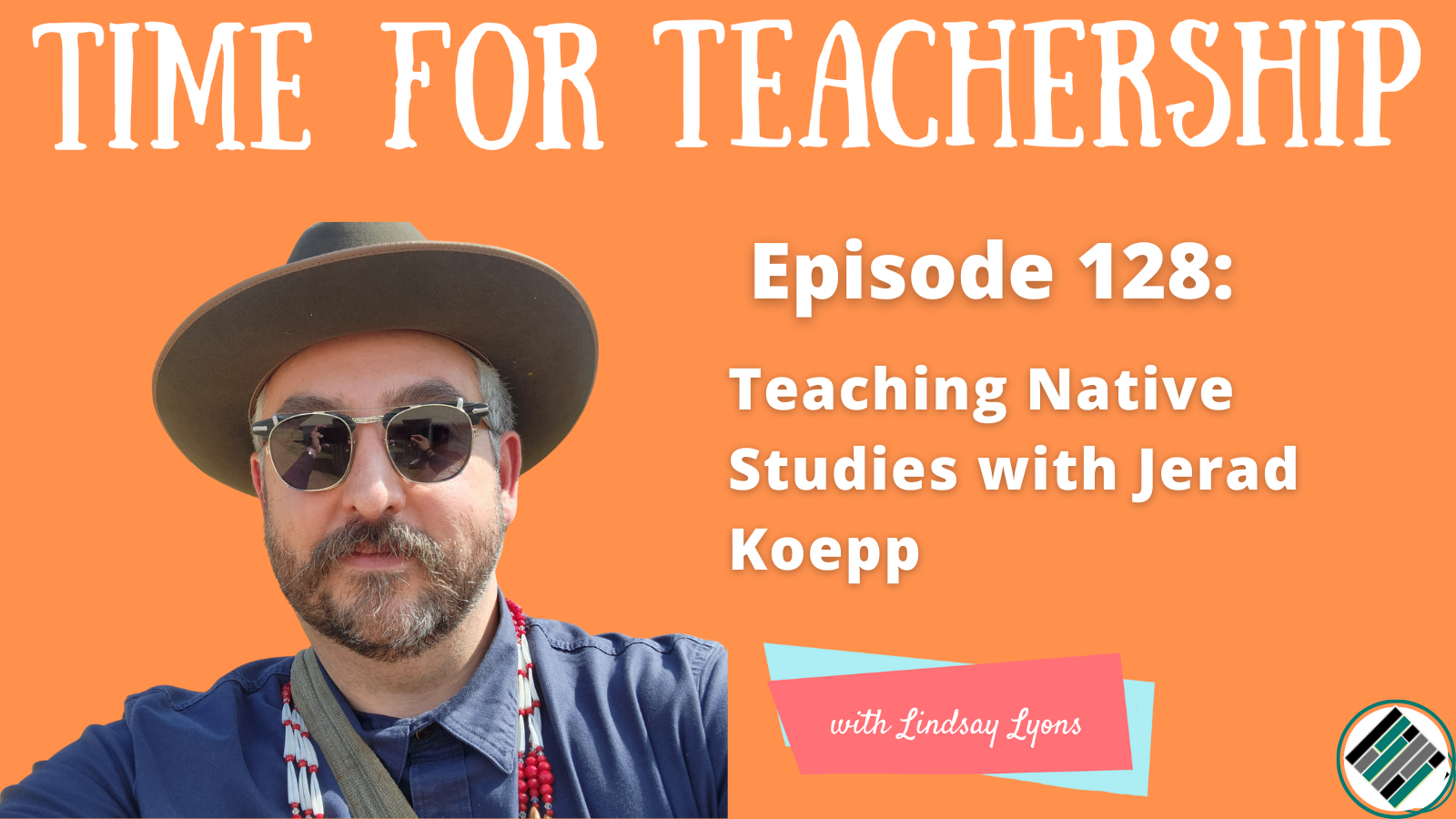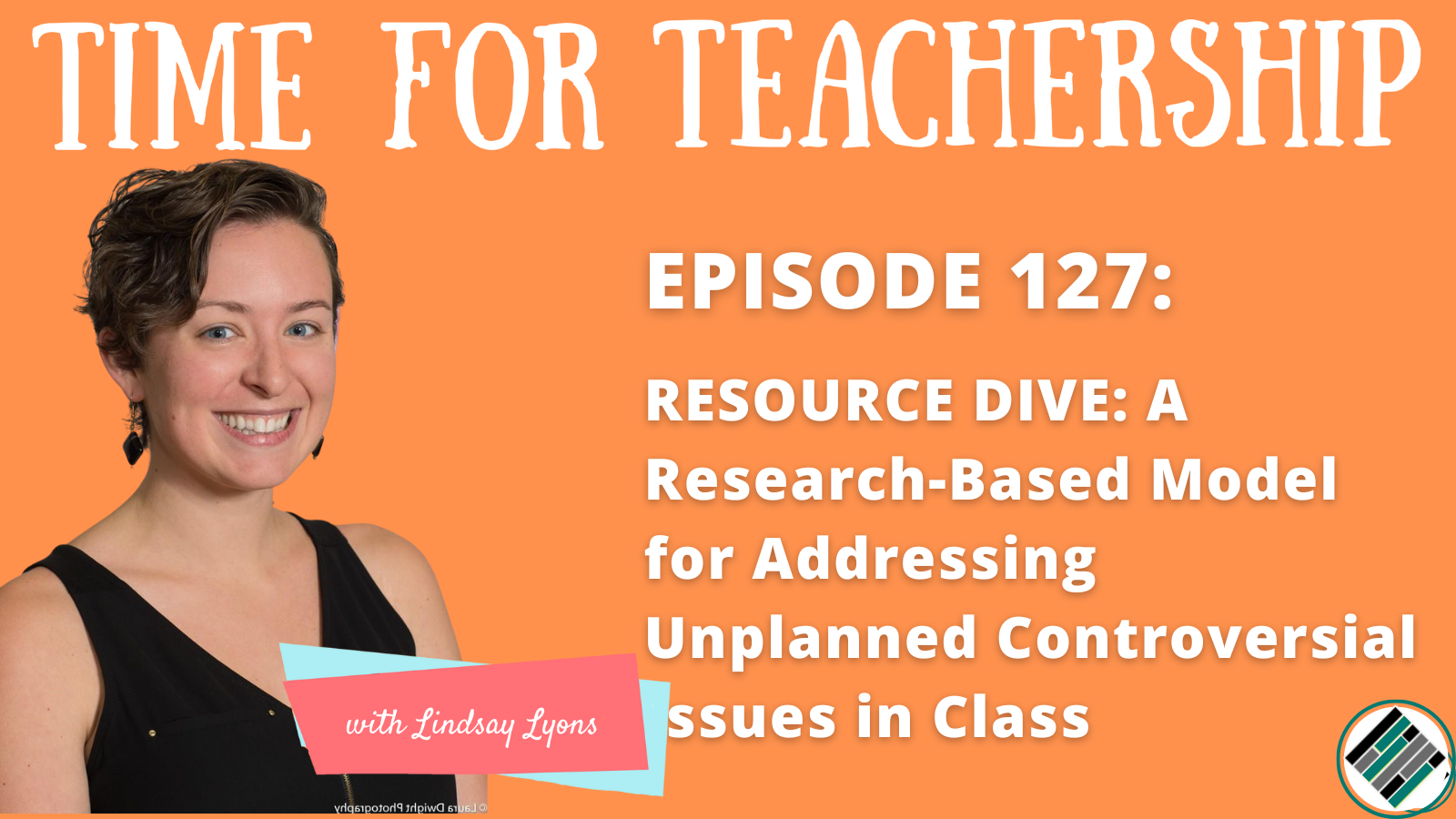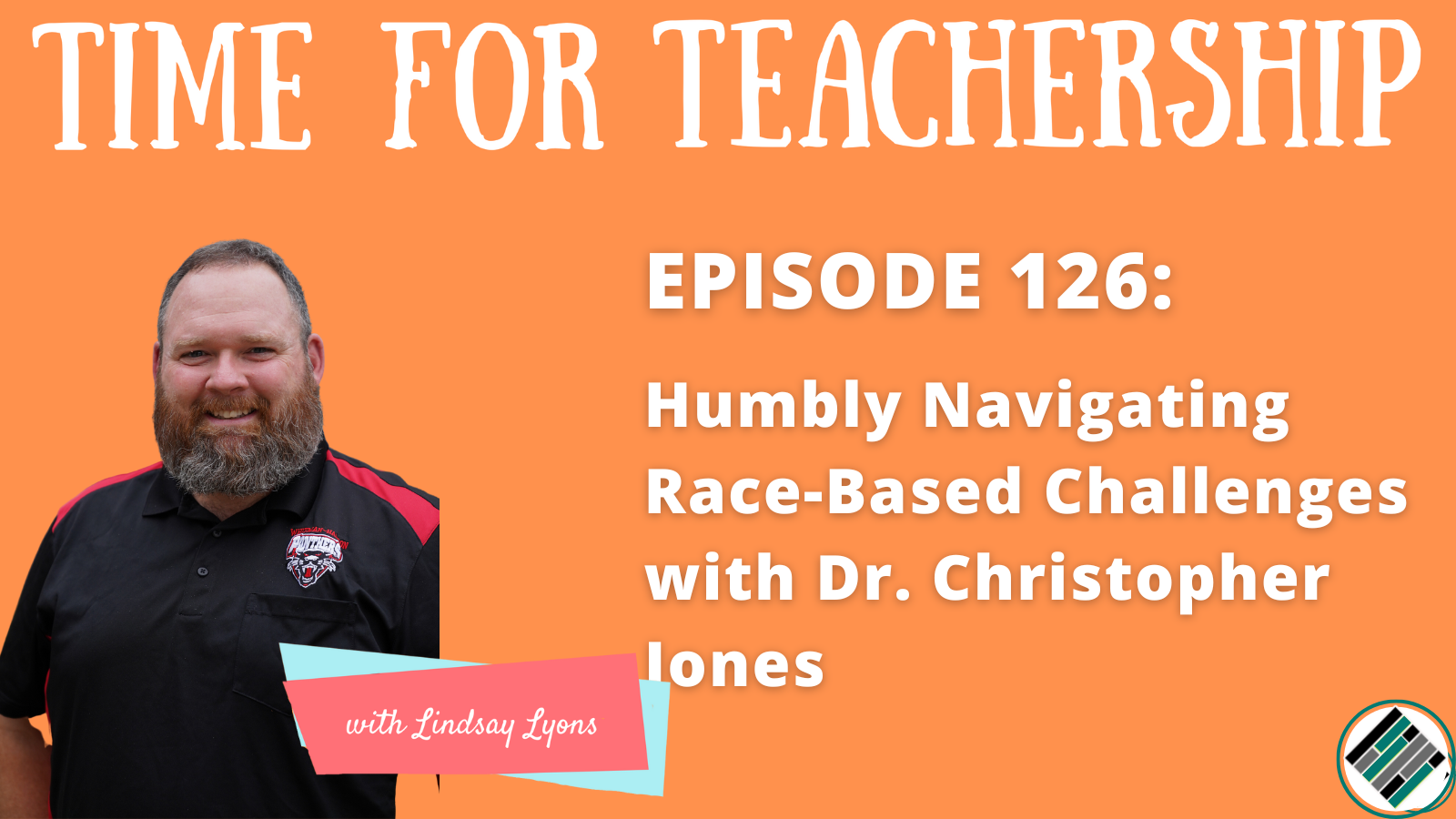
In this podcast episode, Miriam Plotinsky discusses the essence of leadership in education. including the importance of humility and openness to change, and how to create effective teacher coaching programs that focus on simplicity and collaborative communication. She also discusses shared leadership and overcoming resistance, highlighting the importance of teacher and student voices in decision-making processes and providing strategies to navigate any resistance that may arise.
Miriam Plotinsky is an author and instructional specialist who addresses challenges in both teaching and leading across schools with a wide range of differentiated needs. A strong advocate for student-centered learning, she provides coaching and professional development for teachers and administrators. In this episode, we talk about curriculum, professional development, teacher coaching programs, and the importance of humility in leadership.
The Big Dream
Having a clear vision of where we’re going—what we are teaching and why—and to communicate it effectively to students.
Alignment to the 4 Stages: Mindset, Pedagogy, Assessment, and Content
Mindset is like an umbrella, overarching all other aspects of teaching. Mariam stresses the importance of building a growth mindset, being open to different perspectives, and being willing to admit when we are wrong as leaders. Pedagogy, assessment, and content, she says, fall into place when teachers have a clear understanding of what and why they are teaching.
Mindset Shifts Required
Clarifying what and why you’re teaching prevents a lot of “classroom management” problems.
Mariam says, “New teachers will say ‘I’m so worried about classroom management.’ But they don’t mean that. They mean ‘I’m worried, I won’t be able to control my class.’ And so one thing I’ve been trying to make a connection between is if your instruction is where it should be, you won’t have as much to worry about.”
Action Steps
What can leaders do?
Step 1: Start with identifying (and helping teachers to identify) what we are teaching and why. This clarity helps align all other aspects of the teaching process.
Step 2: Implement effective teacher coaching programs. Harness the human resources within the building, let each teacher be a leader, and set up structures where they can help each other.
Step 3: Adopt shared leadership. This involves including teacher and student voices in decision-making processes and avoiding the pitfall of surrounding ourselves with “Yes” people.
Challenges?
One of the hardest things is giving people the help they actually want. Mariam suggests getting “feedback on feedback.”
One Step to Get Started
Decide on your one thing, and stay focused on it.
Stay Connected
You can find Mariam on Twitter: @MirPloMCPS, Facebook: Miriam Plotinsky (author page), or her website.
To help you get even deeper into the concepts Mariam discussed in this episode, she’s sharing this link to her articles published in Edutopia. And, if you’re looking for more details on the ideas in this blog post, listen to episode 140 of the Time for Teachership podcast. If you’re unable to listen or you prefer to read the full episode, you can find the transcript here.
Quotes:
- “The most common form of professional development is the person next door or the person that you talk to, like that teacher friend, and so what if we could find a way to harness that…knowing your building and knowing your teacher, so you can elevate what people are doing really well.”
- “What if you, as a coach, are in that classroom…the day a person tries something that you recommended, you’re there. And what if you have a supportive leadership that says well, if you’re teaching this period, we’re gonna get you coverage so that you can go and see this for 10 minutes or 15 minutes…But people have to work together to make this happen.”
- “I have seen what happens a lot when kids don’t understand what they are supposed to do in a class…how we put it is ‘there’s a target that they can’t see,’…the class is a puzzle to be figured out or a game to play. And so my dream for curriculum instruction is that we just really know where we’re going And we make that really clear from the beginning.”
- “Pick one thing that you know is going to be happening over the trajectory of maybe three to five years, if not more, and focus on that.”








